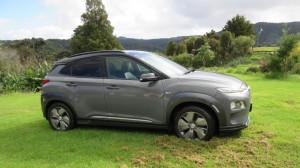Race to Zero Emissions Continues with Half of The DHB Fleet Transitioning to EVs
Over the last five years, Northland DHB has been actively reducing its carbon emissions with a wide range of measures, including changing all diesel boilers to electric heat pumps and reducing medical gas usage to achieve the target to halve emissions in 2030.
In December last year, the government announced a climate emergency and the requirement for the public sector to become carbon neutral in 2025.
When the DHB extended several car lease agreements during the COVID-19 pandemic, they saw an opportunity to contribute to their target by replacing half the light vehicle fleet now due for renewal, to fully electric vehicles.
Besides Northland DHB's capital contribution for the transition of 150 electric vehicles, it was announced last night that they would receive $4.3 million in funding from the State Sector Decarbonisation Fund, managed by EECA to accelerate public sector investments in low emissions technology and fleet conversions. Northland DHB will use this funding to contribute to the cars' additional expenditure and install the necessary charging infrastructure. 
The DHBs light fleet of around 300 vehicles is used for a range of services from district nursing, renal patient transport, dental, eye and hearing screenings, school and public health, mental health and estate services, and regular pool cars staff use to cover the DHBs large geographical area.
The Hyundai Kona fully electric vehicle has been selected as the EV of choice due to its large range of 400 km. The car can go from Whangarei to Kaitaia or Auckland and back without recharge and still have a quarter full battery on return, reducing any chance of range anxiety.
The EVs will be distributed to Northland DHB hospitals in Kaitaia, Dargaville, Kawakawa, Whangarei and the new community mental health building.
Work in reducing unnecessary travel is simultaneously underway with fleet optimisation, increased telehealth options and video conferencing. Six electric bikes have also been introduced as part of the fleet for more active shorter trips.
With the change, the DHB can accelerate reducing its environmental impact with natural gas and fleet fuels as the largest emission categories. It is expected that the electric vehicles will reduce emissions from fleet fuels by a third and the total carbon footprint by seven percent.
Not only will the change contribute to combat the climate crisis, it is also a big win for health with no air pollution caused by the EVs.
Air pollution is one of the world's most significant health and environmental problems and risk factors for death and disease burden. In New Zealand, air pollution from vehicles is estimated to result in 500 premature deaths - causing more fatalities than road accidents each year. It also leads to more than 260 hospitalisations and 712,000 restricted activity days.
Photo credit: Mark Stacey
Last modified:
